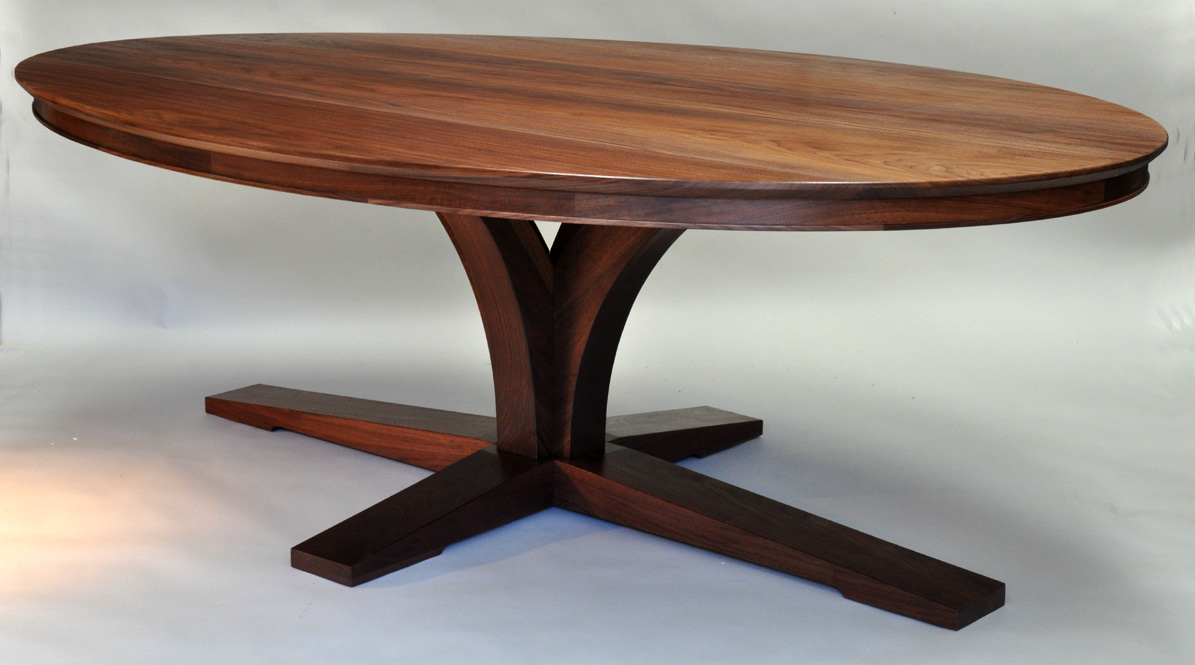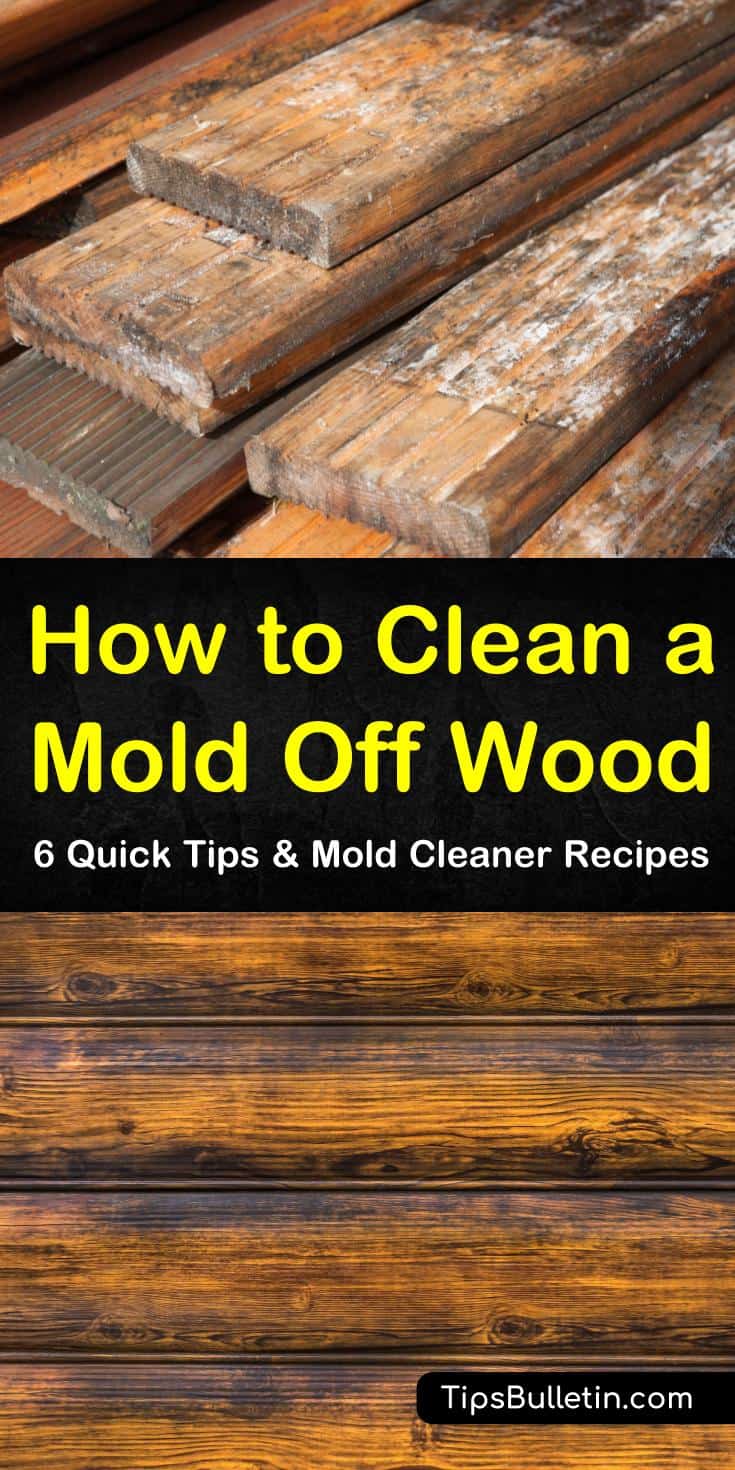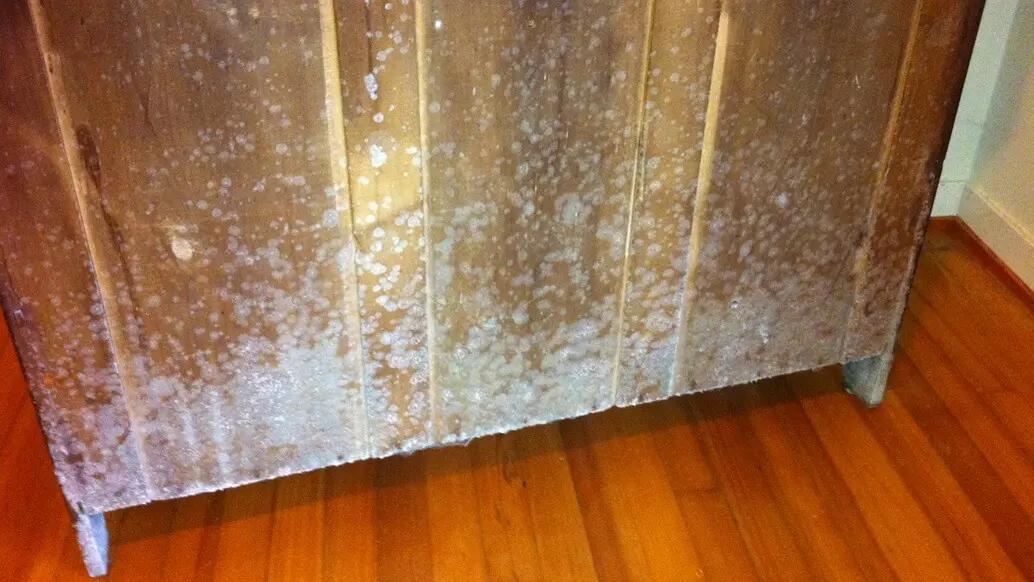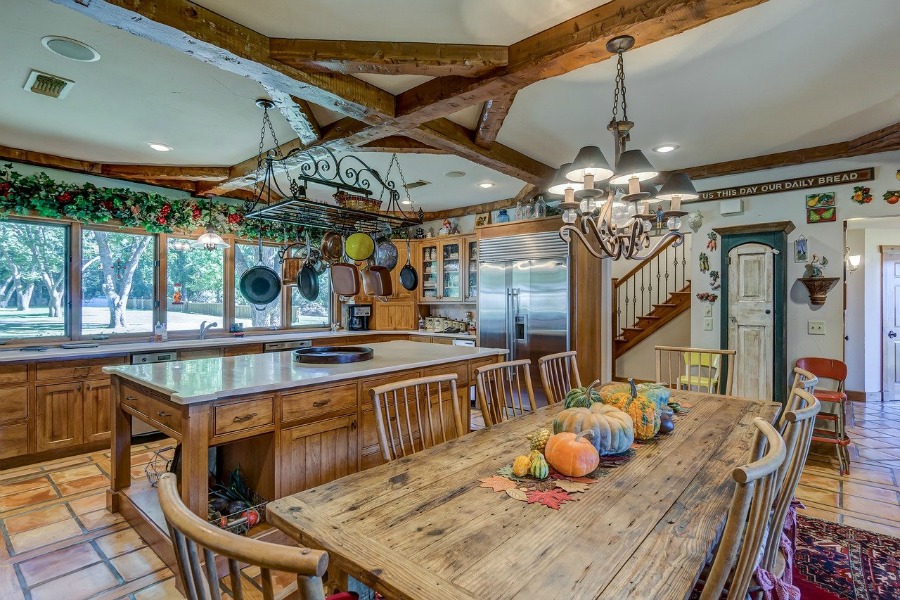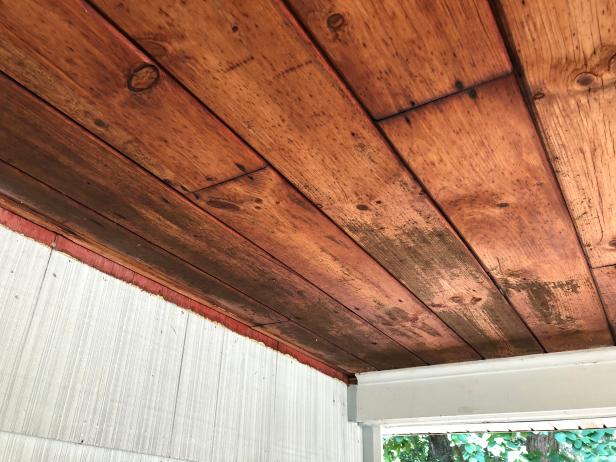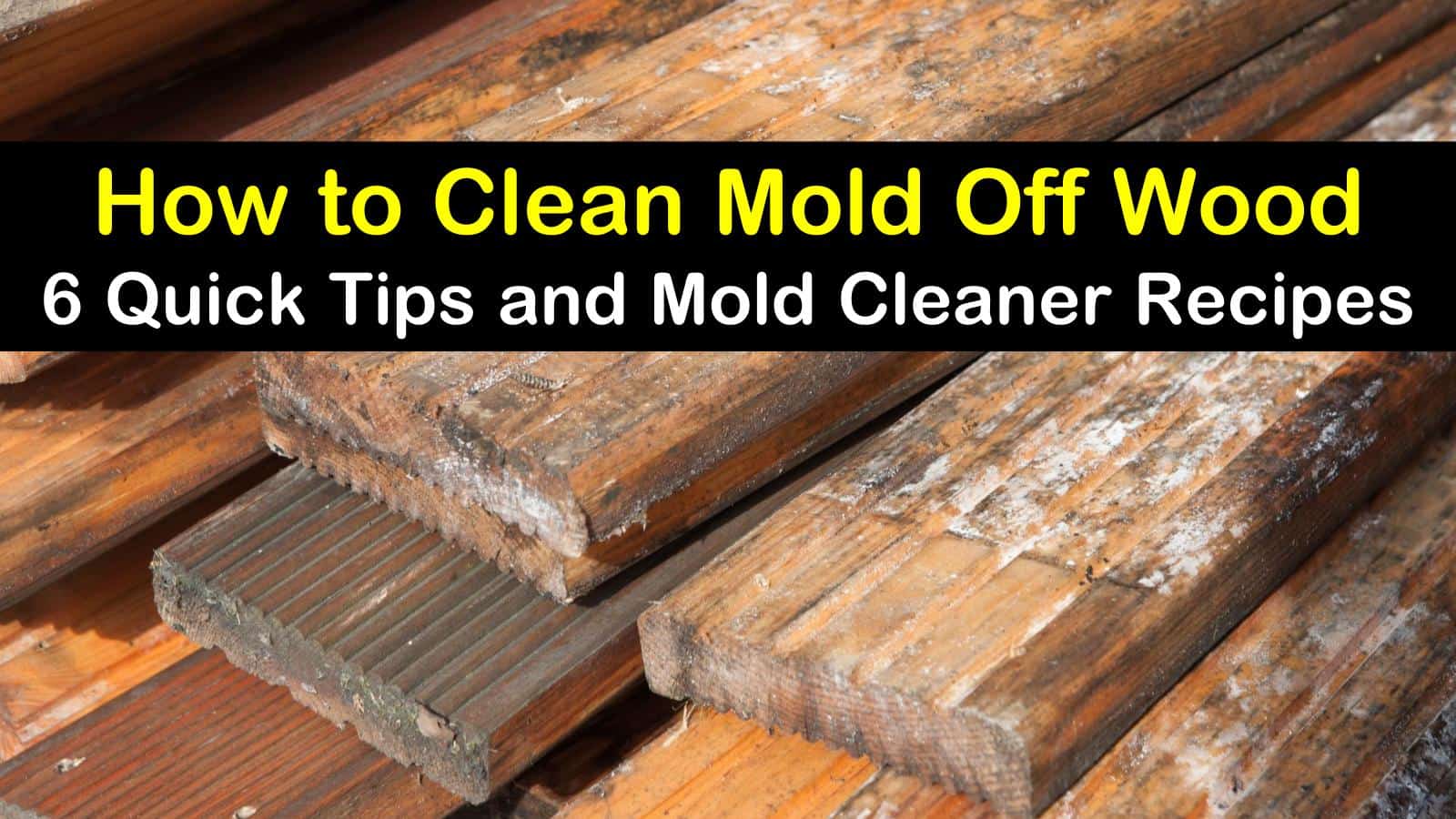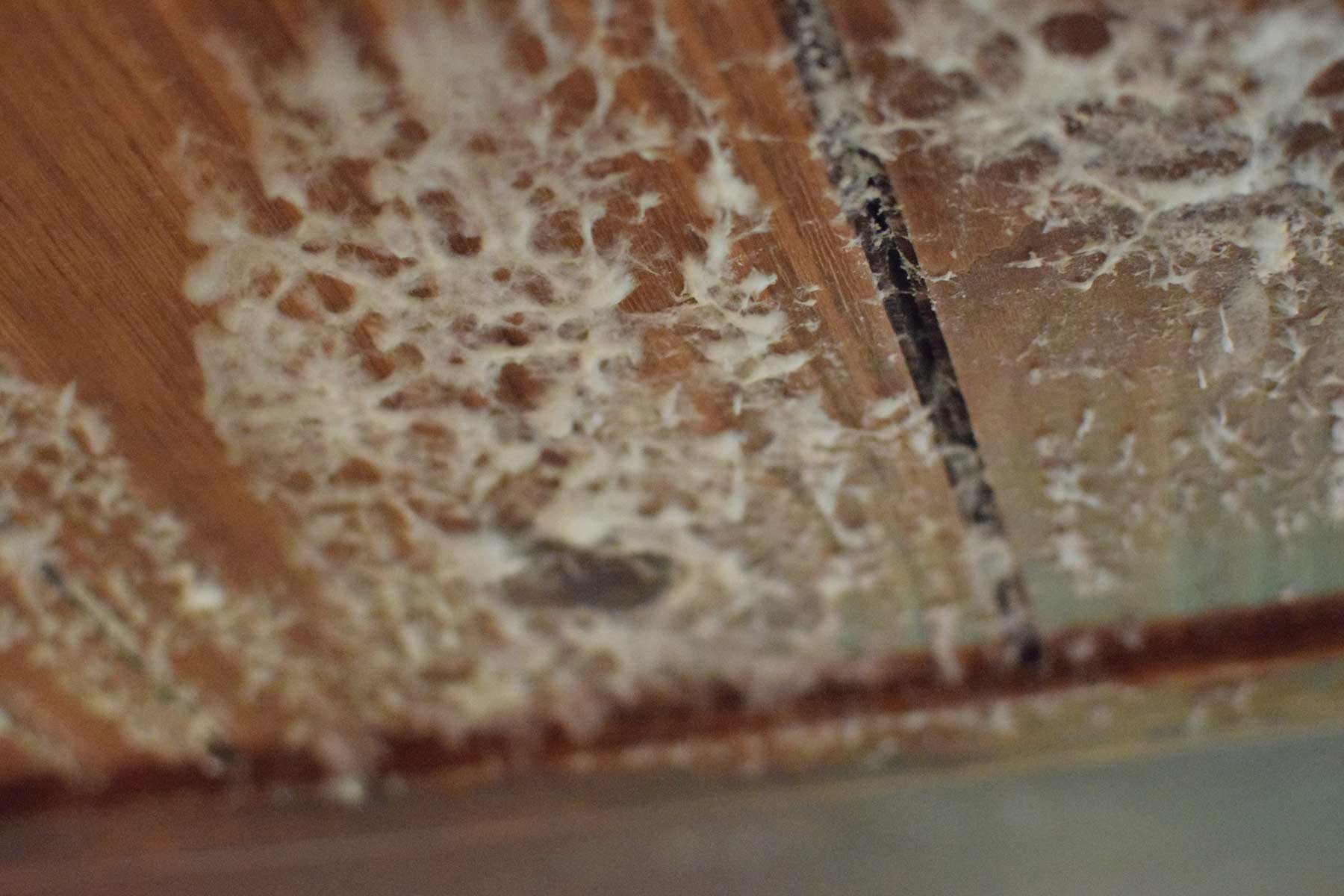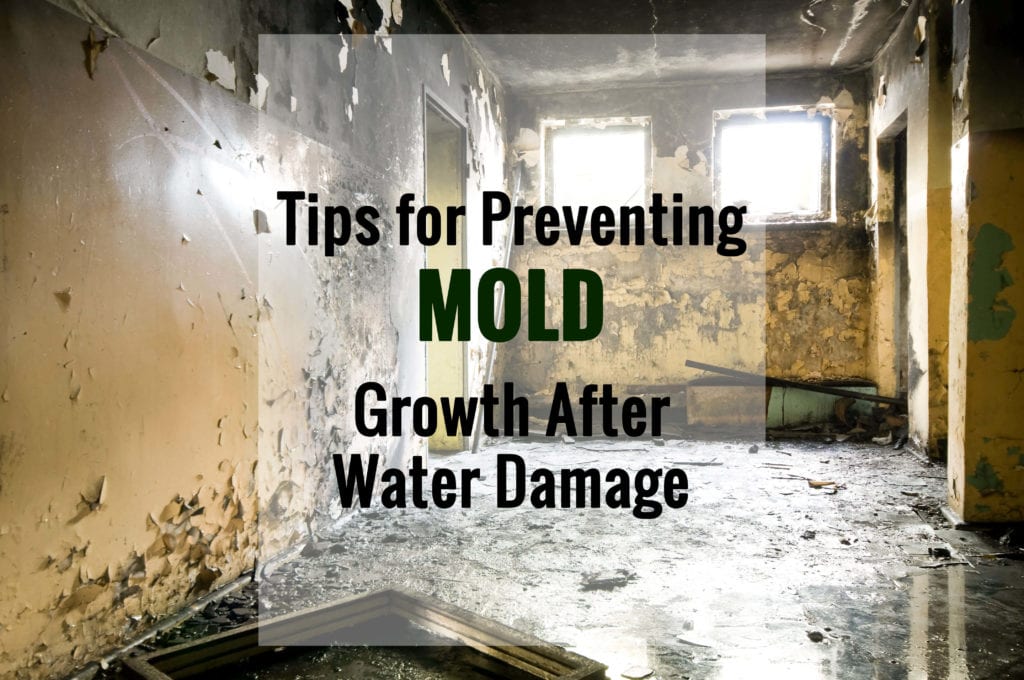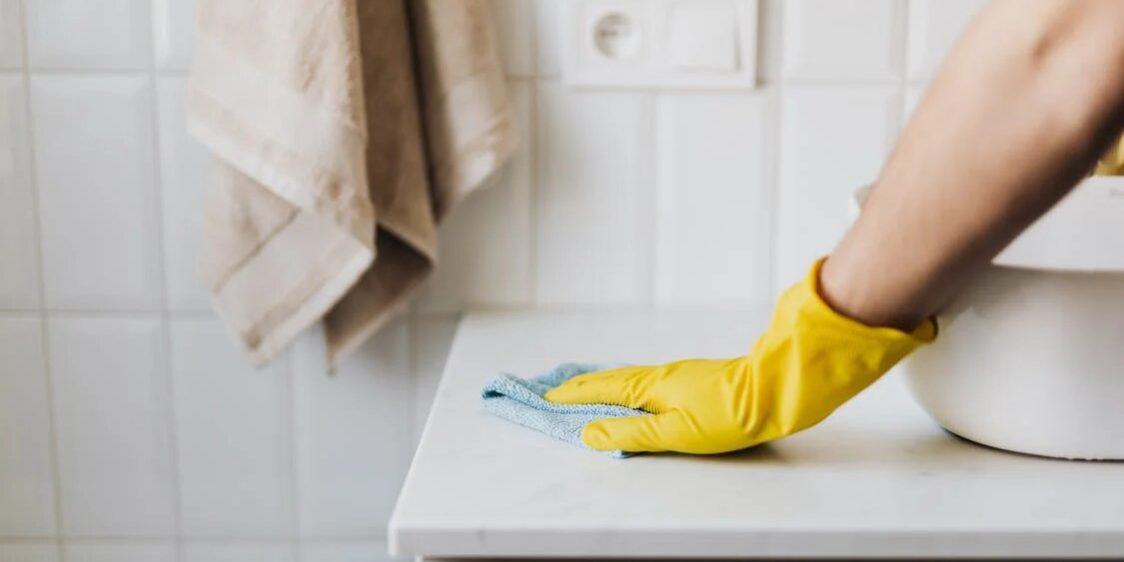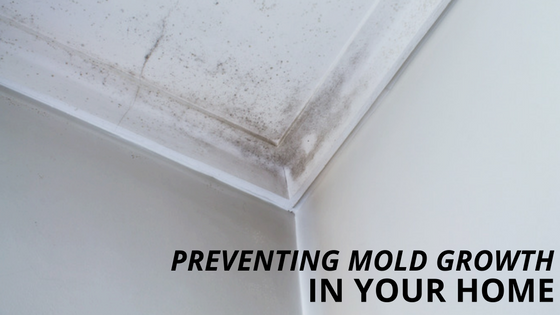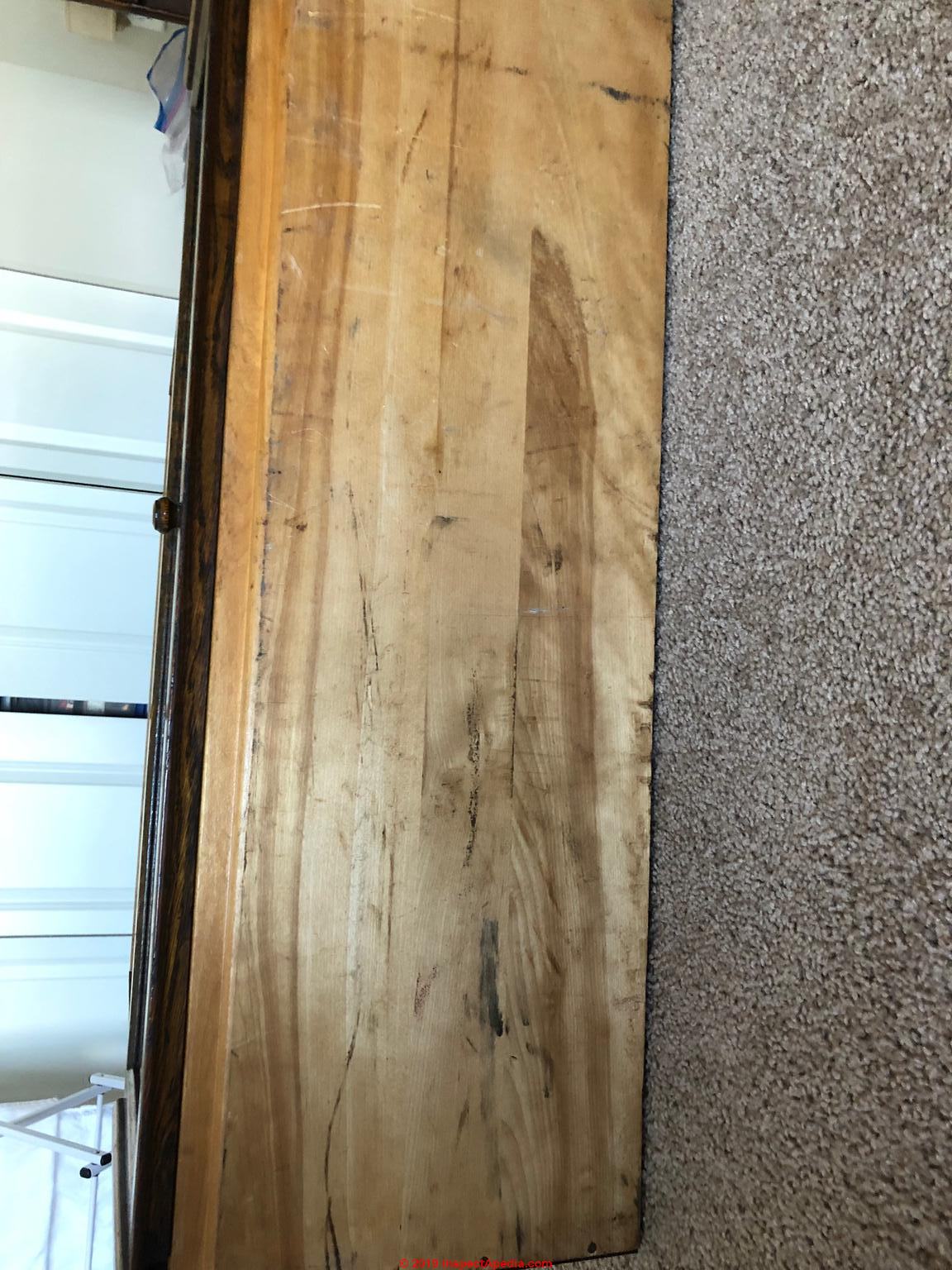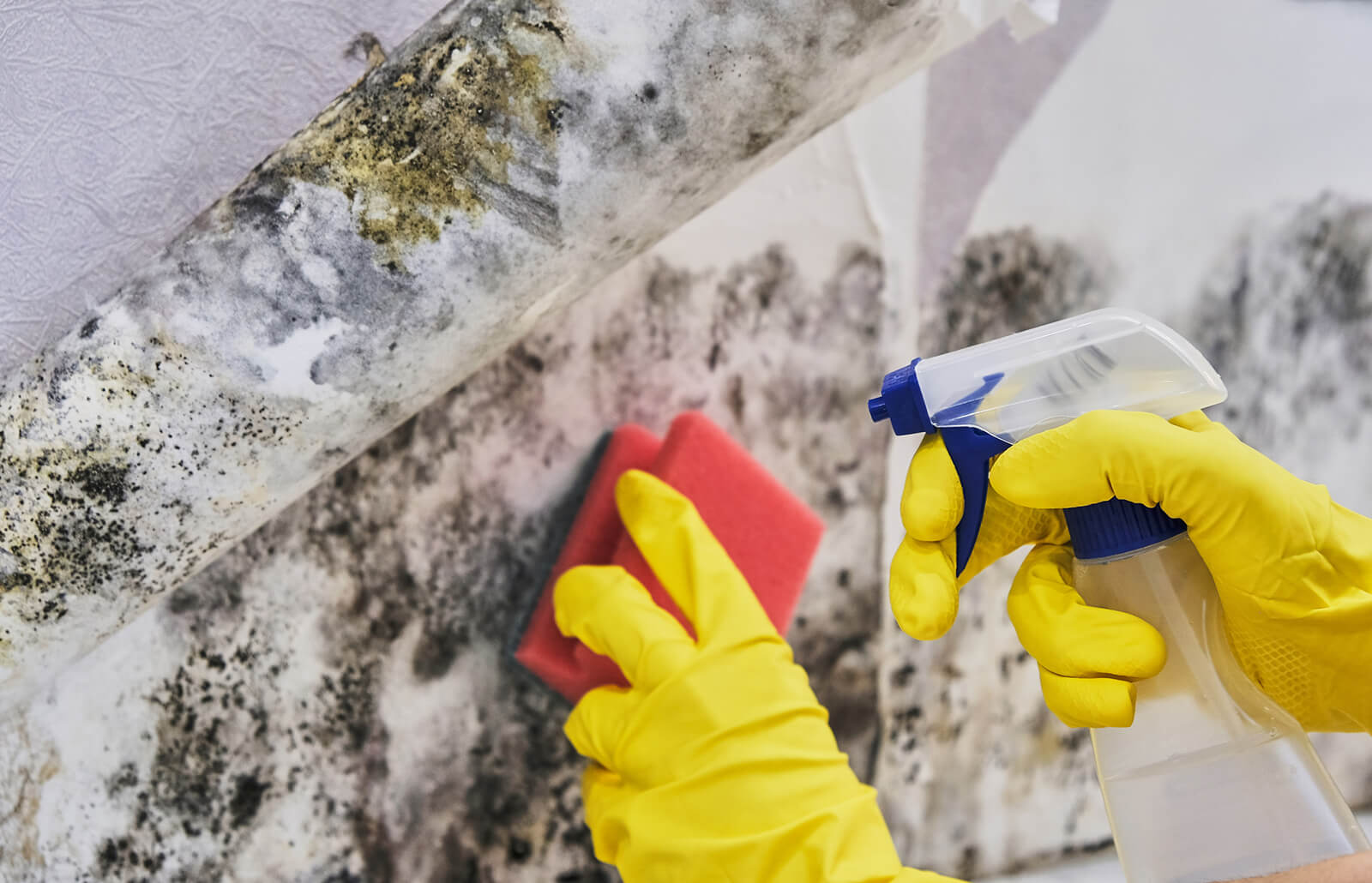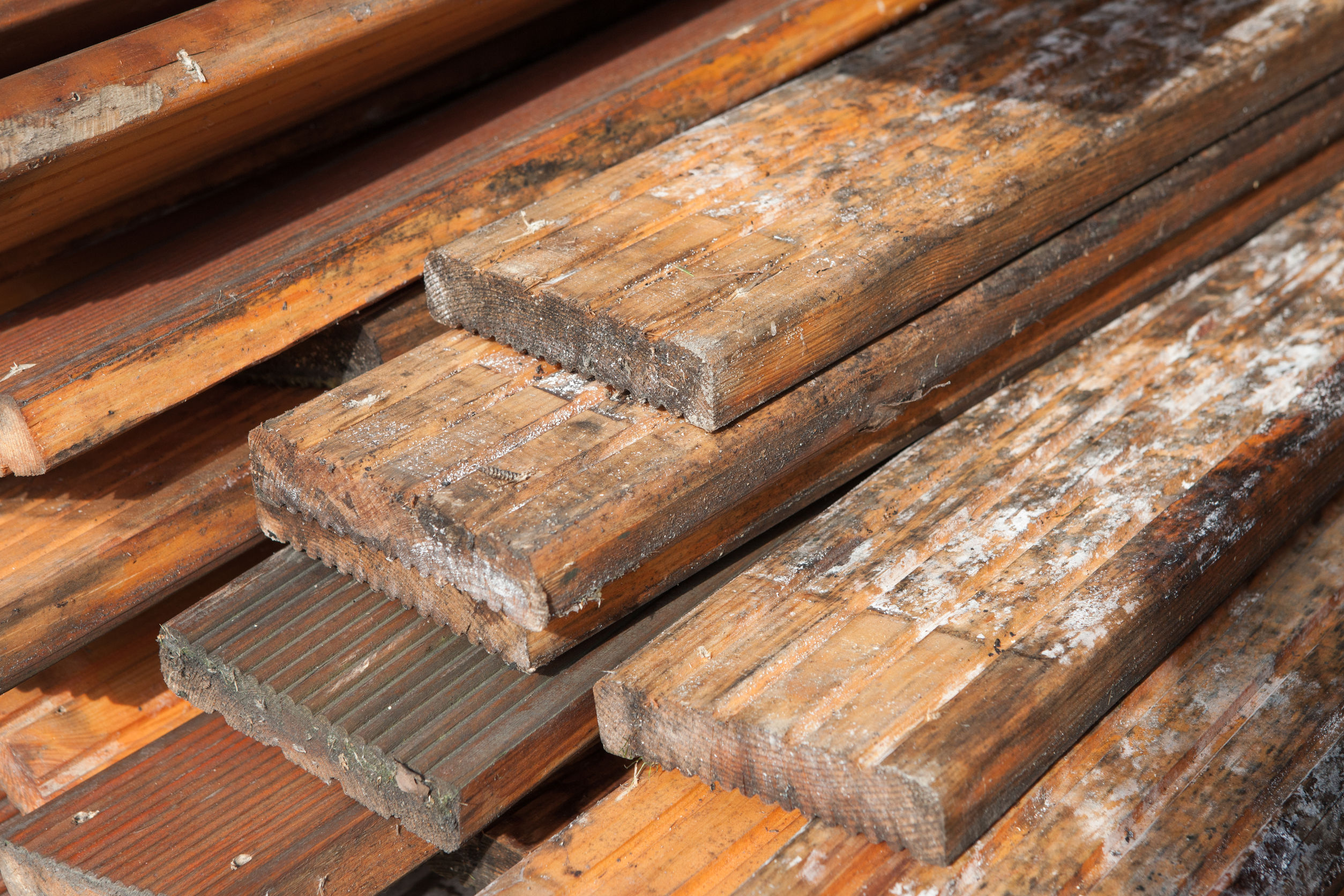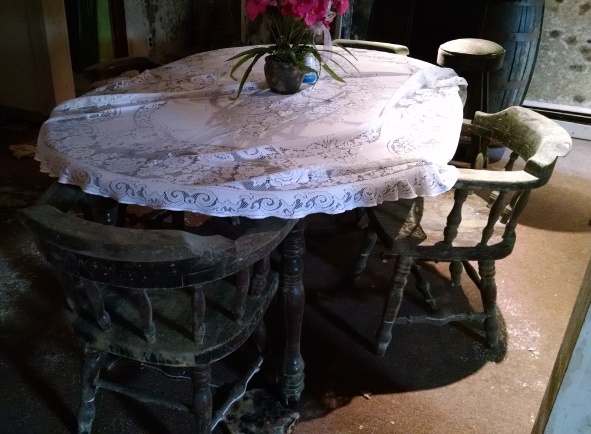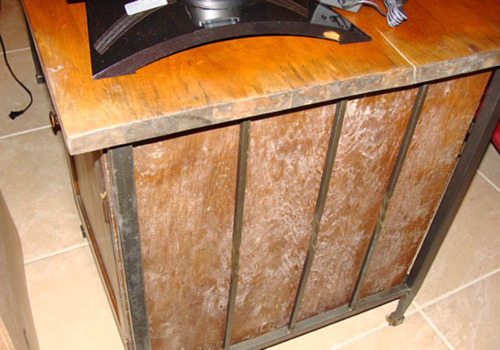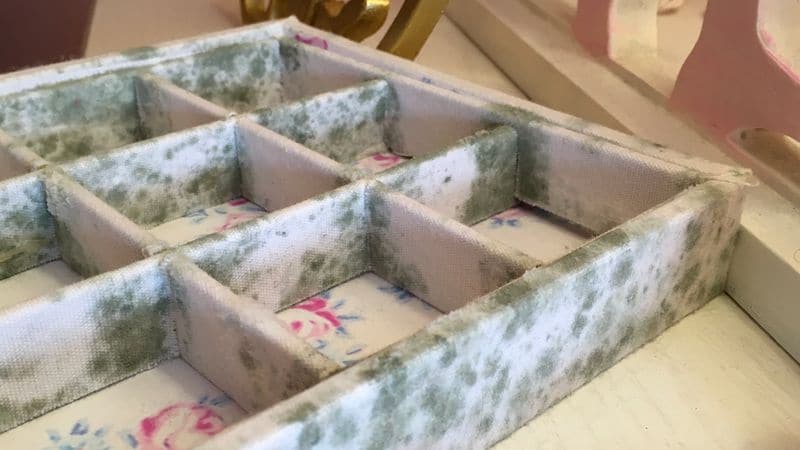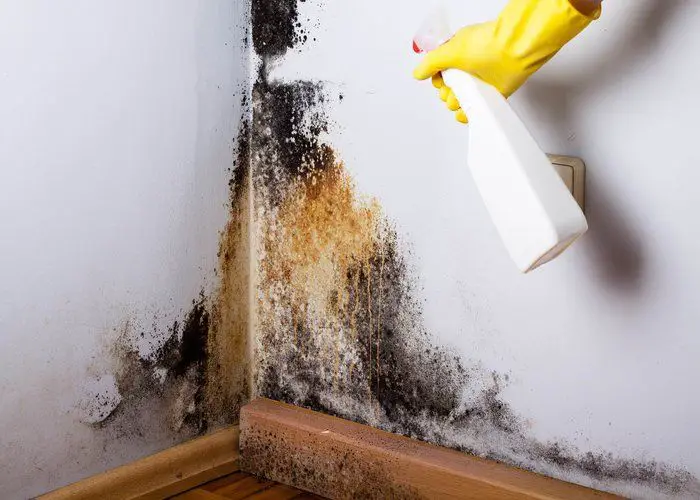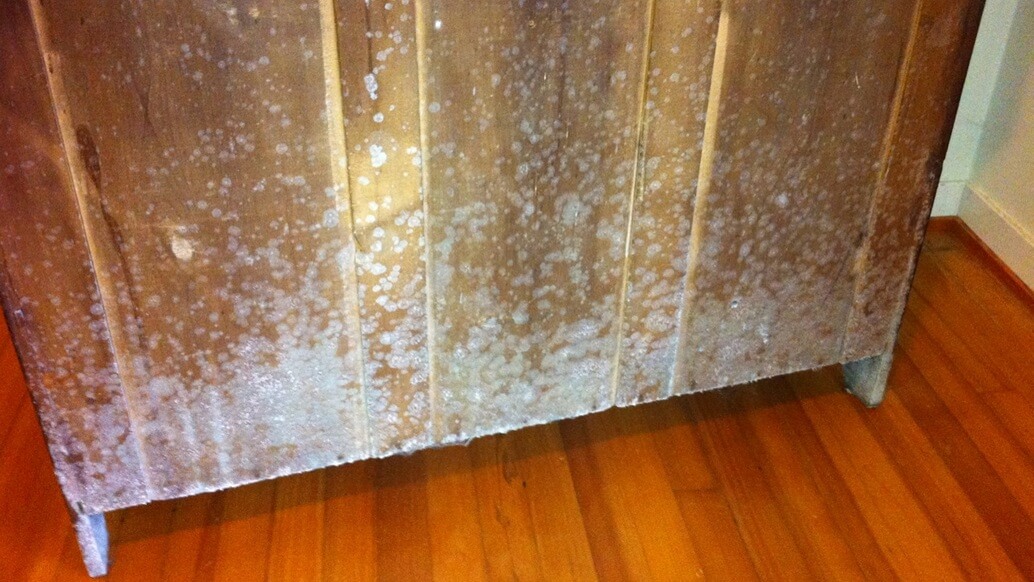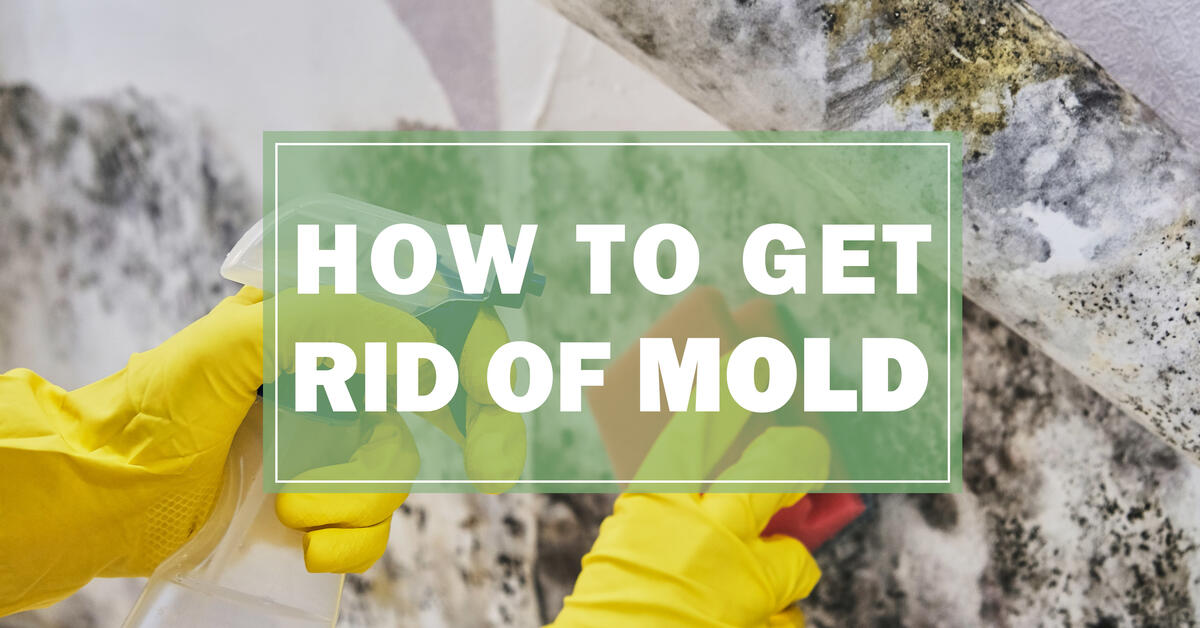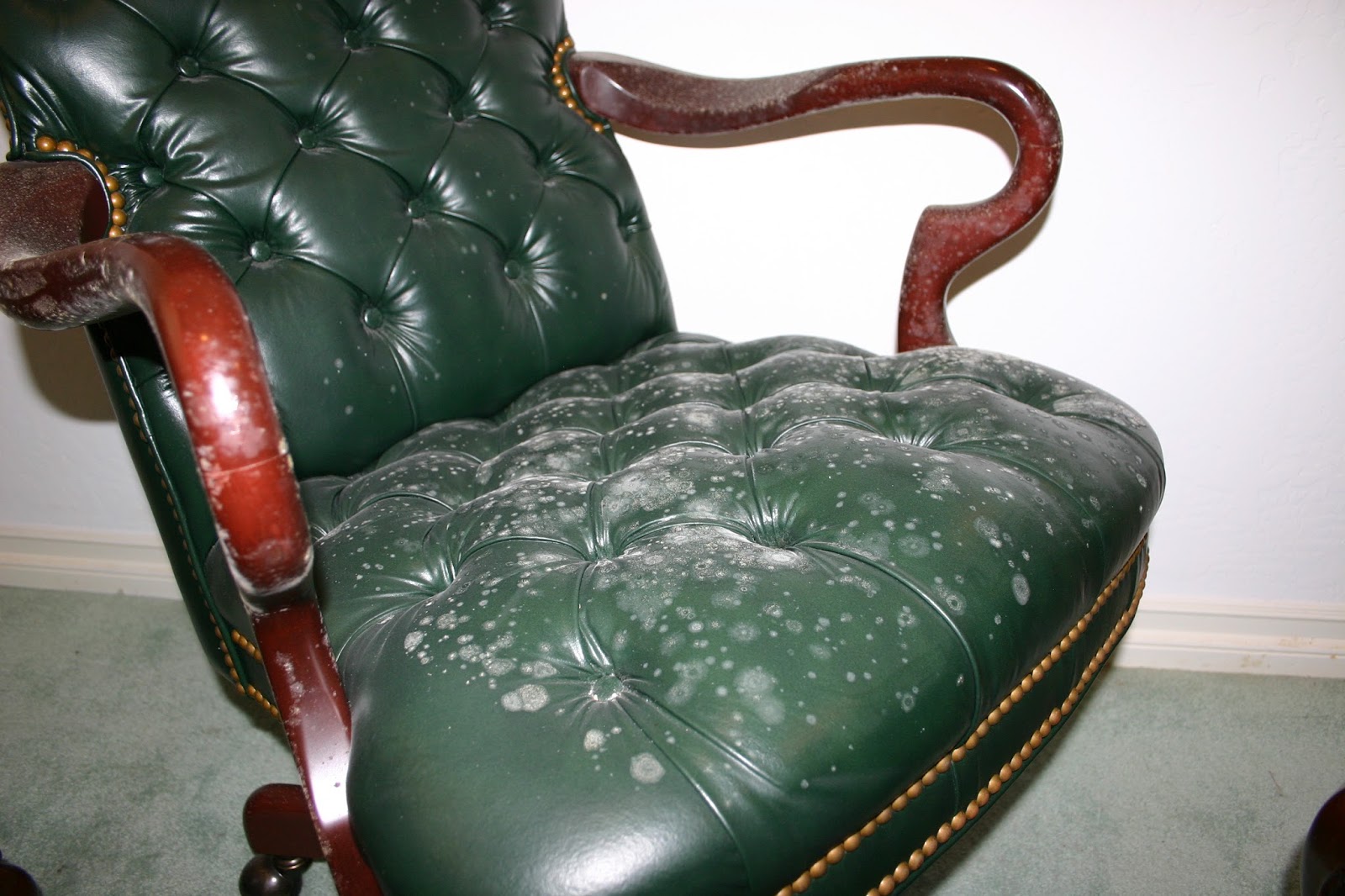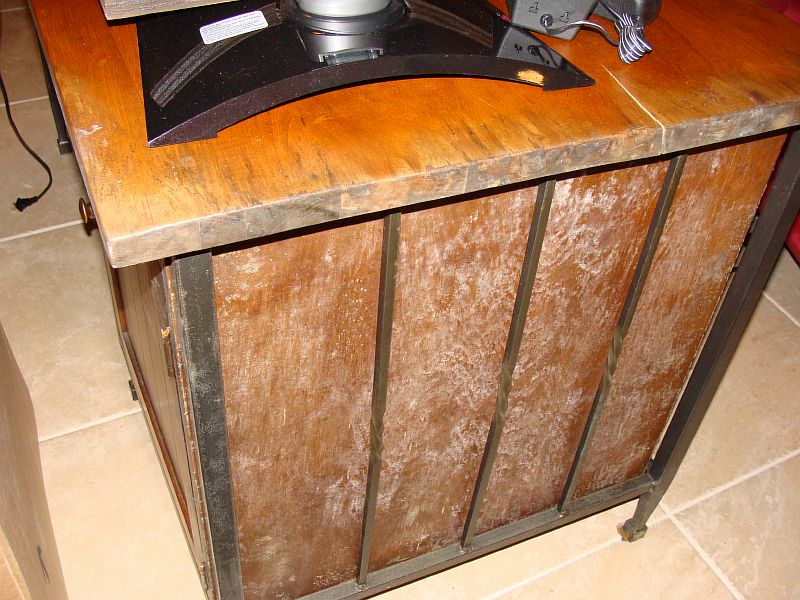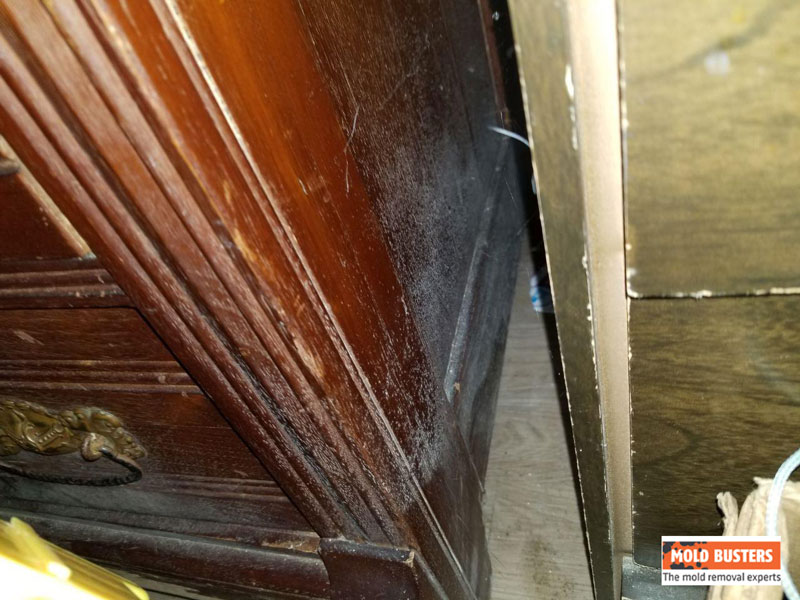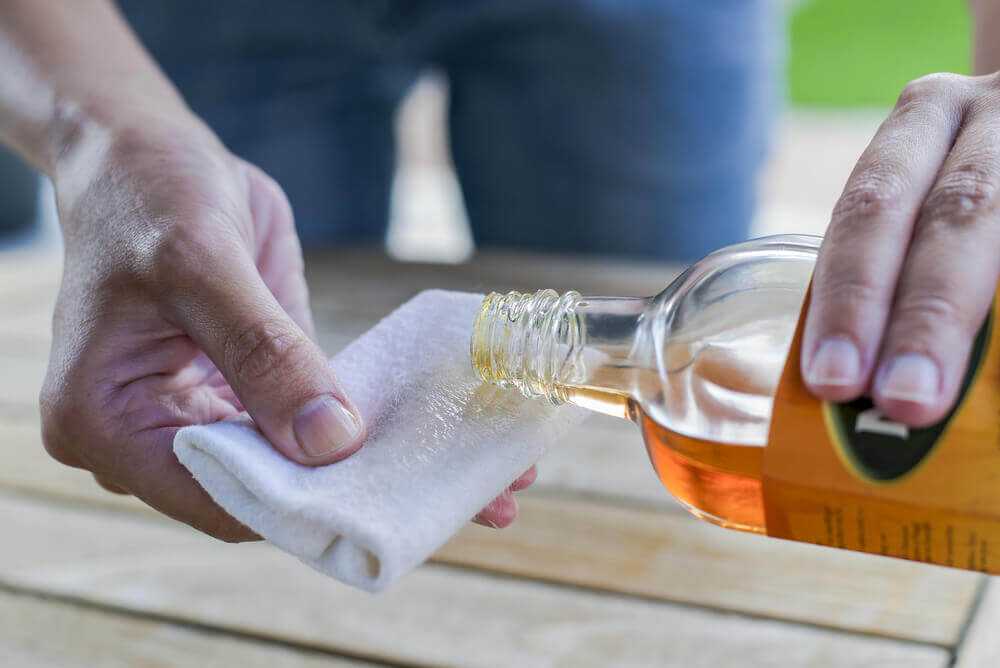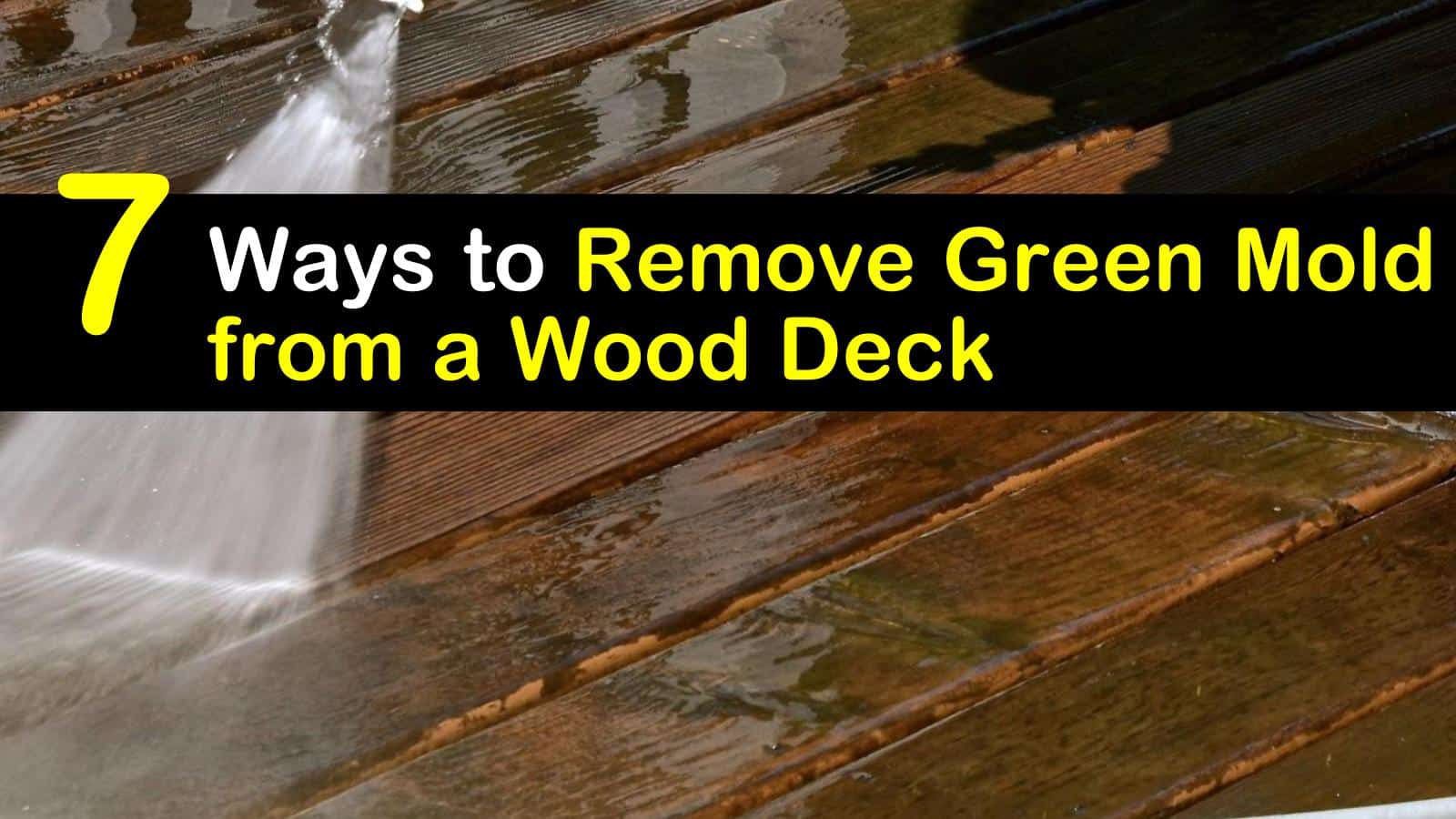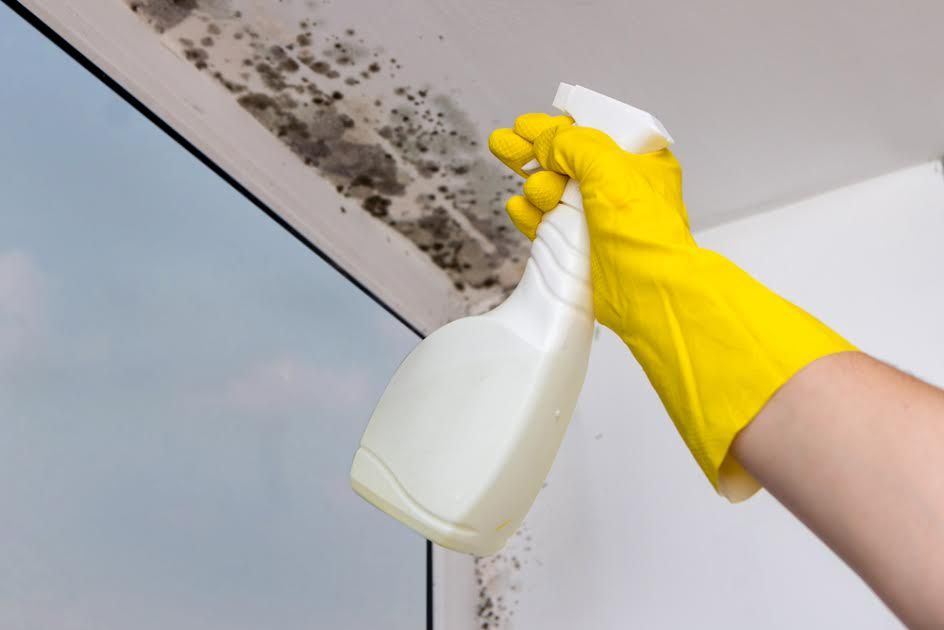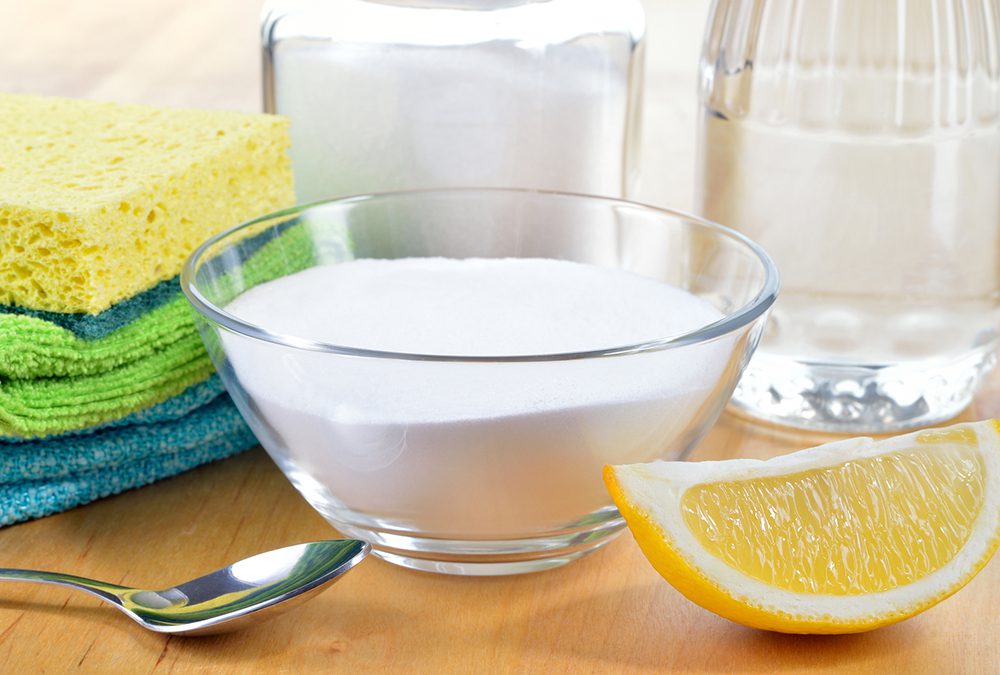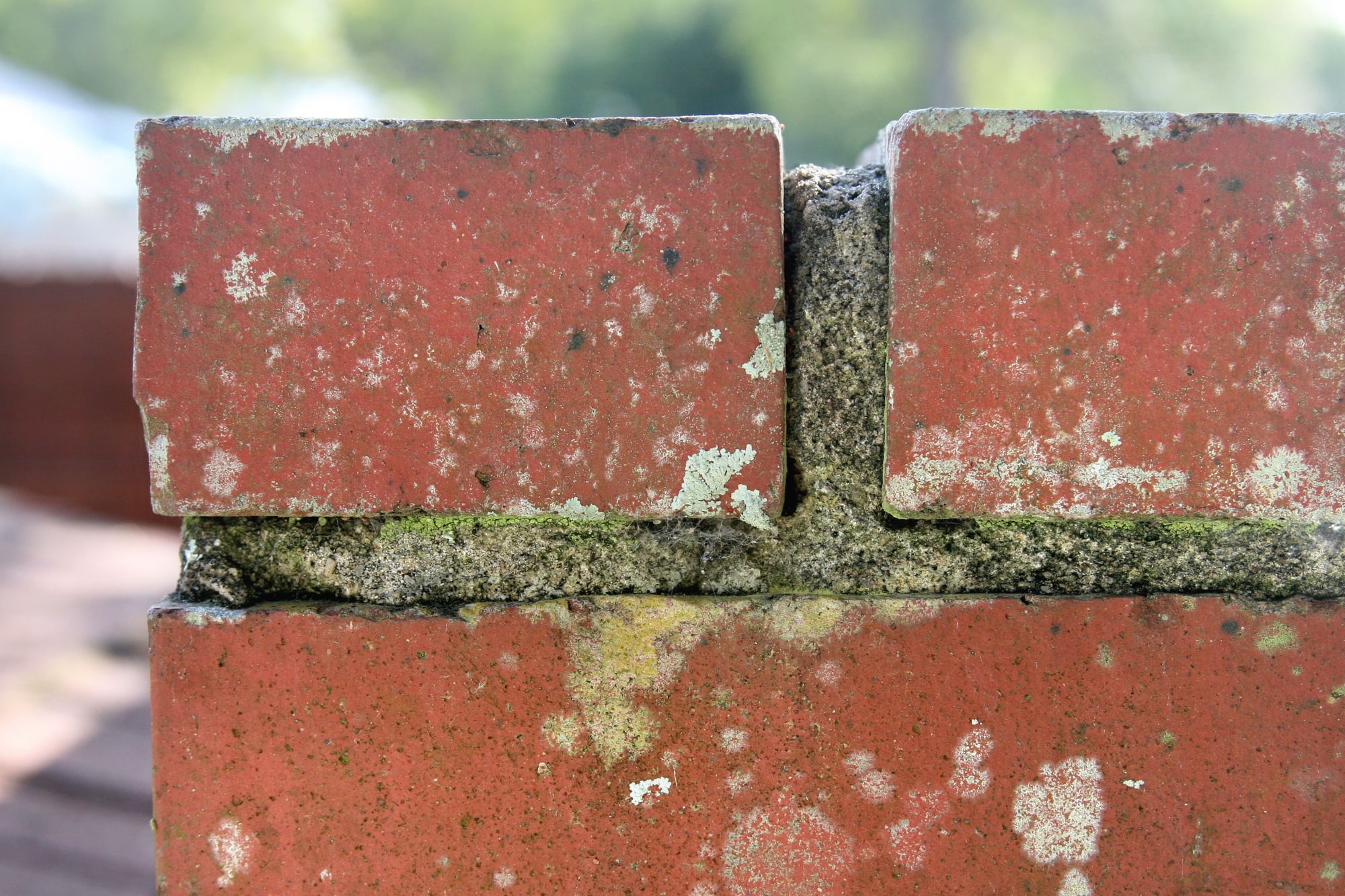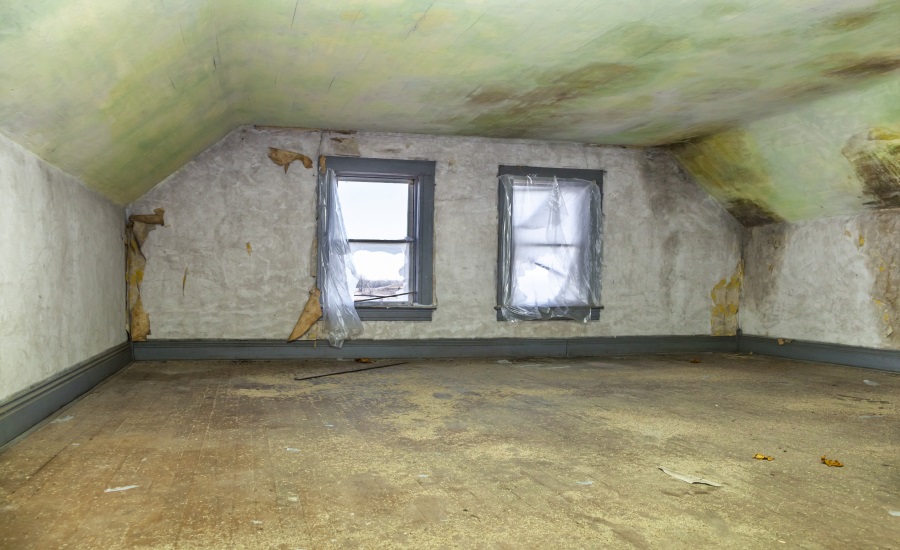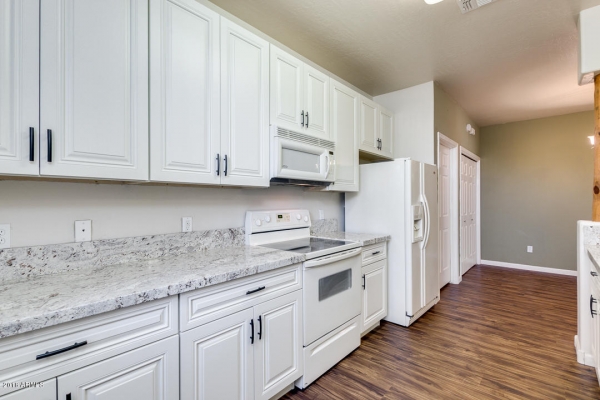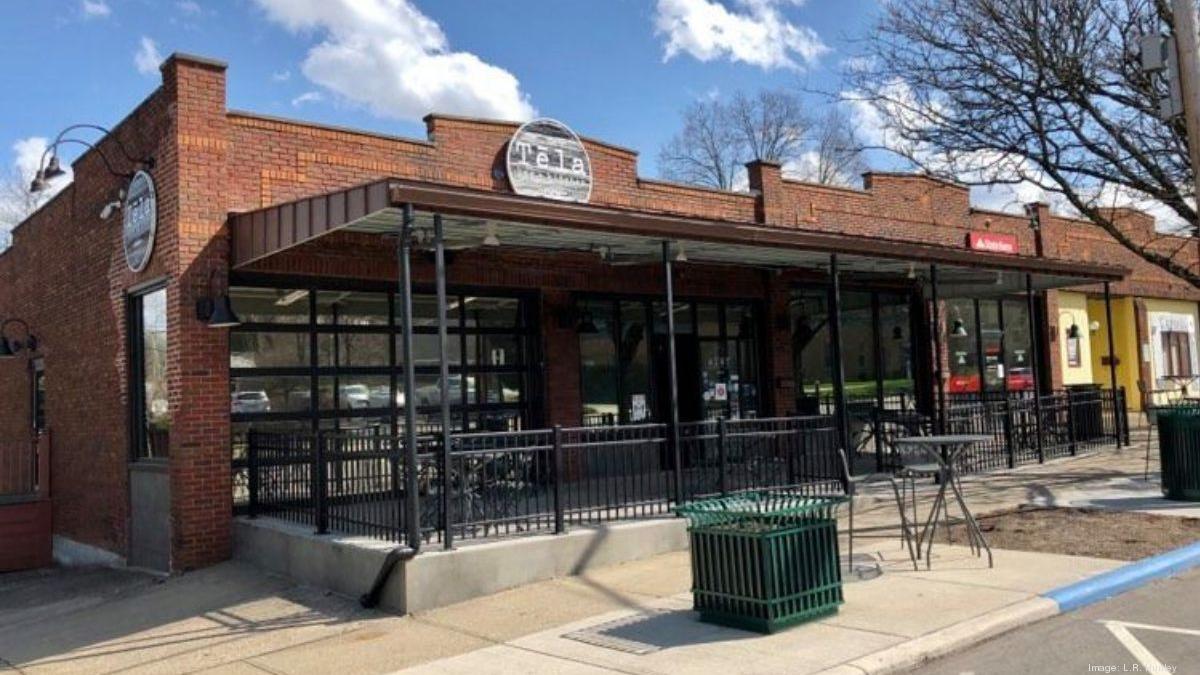Mold on the underside of a dining room table can be a major cause for concern. Not only is it unsightly and can ruin the appearance of your furniture, but it can also pose health risks if left untreated. In this article, we will discuss the top 10 ways to deal with mold on the underside of your dining room table and prevent it from coming back. Mold On Underside Of Dining Room Table
Removing mold from wood furniture can be a daunting task, but it is not impossible. The first step is to identify the type of mold that is growing on your furniture. Black mold, also known as Stachybotrys chartarum, is often the most toxic and dangerous type of mold. If you have black mold on your dining room table, it is recommended to seek professional help for removal. How to Remove Mold from Wood Furniture
The best way to deal with mold is to prevent it from growing in the first place. Mold thrives in damp and humid environments, so it is important to keep your dining room well-ventilated and dry. Use a dehumidifier if necessary, especially in areas prone to high humidity. Also, make sure to wipe down your table regularly and fix any leaks or water damage immediately. Preventing Mold Growth on Furniture
If you have discovered mold on your dining room table, the first step is to clean it off. Use a mixture of water and mild detergent to gently scrub the affected area. For tougher mold stains, you can use a mixture of equal parts water and white vinegar. Make sure to wear protective gloves and a mask while cleaning to avoid inhaling any mold spores. Cleaning Mold from Wooden Furniture
When dealing with mold on wooden furniture, it is important to remember a few key tips. First, always wear protective gear when handling mold. This includes gloves, a mask, and eye protection. Also, make sure to properly dispose of any materials used to clean or remove mold, as they can contain harmful spores. Mold Removal Tips for Wooden Furniture
In addition to regular cleaning and prevention, there are other methods you can use to get rid of mold on furniture. Baking soda is a natural and effective way to remove mold from wood. Simply mix equal parts water and baking soda to make a paste, apply it to the affected area, and let it sit for a few hours before wiping it off with a damp cloth. How to Get Rid of Mold on Furniture
If the mold on your dining room table is extensive and cannot be removed with cleaning or natural methods, it may be necessary to sand down the affected area. Use a fine-grit sandpaper to carefully sand away the mold, making sure to wear a mask and protective gear. After sanding, thoroughly clean the area and apply a mold-inhibiting sealant to prevent future growth. Removing Mold from Wooden Furniture
Prevention is key when it comes to dealing with mold on your dining room table. Besides keeping the area dry and well-ventilated, there are other steps you can take to prevent mold growth. This includes using a furniture polish or wax to create a protective barrier on the wood, and regularly inspecting your table for any signs of water damage or mold growth. Mold Prevention for Dining Room Tables
If you prefer to handle mold removal on your own, there are a few DIY methods you can try. One option is to use a mixture of borax and water to scrub the affected area. Borax is a natural mold killer and can be effective in removing mold from wood. Another DIY option is to use hydrogen peroxide, which can be sprayed directly onto the mold and wiped off after a few hours. DIY Mold Removal for Dining Room Furniture
If the mold on your dining room table is extensive and cannot be removed with DIY methods, it may be necessary to seek professional mold remediation services. A mold remediation specialist will have the proper equipment and experience to safely and effectively remove mold from your furniture. This can be a more costly option, but it is worth it for the health and safety of your family. In conclusion, mold on the underside of a dining room table is a common issue that should not be ignored. By regularly cleaning and preventing mold growth, as well as knowing how to properly remove mold, you can keep your furniture looking clean and beautiful for years to come. If you do encounter mold on your dining room table, don't hesitate to take action and seek professional help if needed. Mold Remediation for Dining Room Tables
Mold On Underside Of Dining Room Table: Causes and Solutions
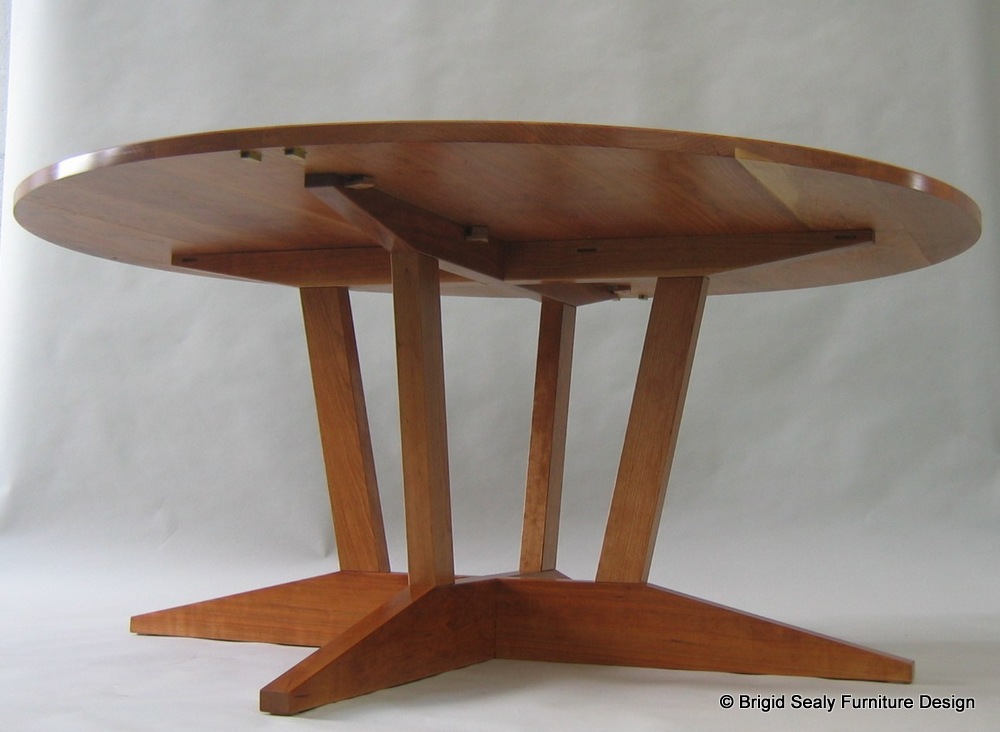
Understanding the Issue
 If you have noticed
mold on the underside of your dining room table
, you may be wondering where it came from and how to get rid of it. First and foremost, it's important to understand that mold growth is a common problem in homes, especially in areas with high humidity levels. Mold is a type of fungus that thrives in damp and dark environments, making the underside of a dining room table a perfect breeding ground. In addition to being unsightly, mold can also pose health risks, so it's crucial to address the issue as soon as possible.
If you have noticed
mold on the underside of your dining room table
, you may be wondering where it came from and how to get rid of it. First and foremost, it's important to understand that mold growth is a common problem in homes, especially in areas with high humidity levels. Mold is a type of fungus that thrives in damp and dark environments, making the underside of a dining room table a perfect breeding ground. In addition to being unsightly, mold can also pose health risks, so it's crucial to address the issue as soon as possible.
Possible Causes of Mold Growth
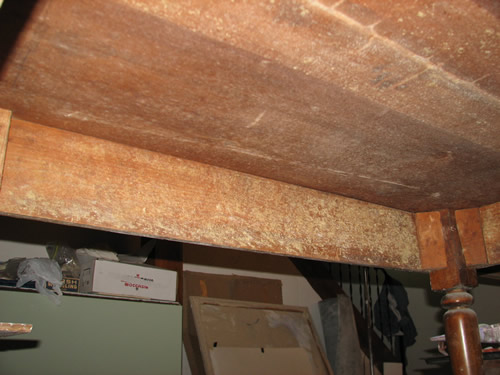 There are a few potential reasons why you may be dealing with
mold on the underside of your dining room table
. One common cause is water damage. If your dining room table has been exposed to water or moisture, either from spills or a leak, it can create the perfect conditions for mold to grow. Another potential cause is poor ventilation. If your dining room is not well-ventilated, it can trap excess moisture and create a damp environment that is conducive to mold growth. Lastly, if your dining room is located in a humid climate, it can increase the chances of mold growth.
There are a few potential reasons why you may be dealing with
mold on the underside of your dining room table
. One common cause is water damage. If your dining room table has been exposed to water or moisture, either from spills or a leak, it can create the perfect conditions for mold to grow. Another potential cause is poor ventilation. If your dining room is not well-ventilated, it can trap excess moisture and create a damp environment that is conducive to mold growth. Lastly, if your dining room is located in a humid climate, it can increase the chances of mold growth.
Solutions to Address Mold Growth
 Thankfully, there are steps you can take to address
mold on the underside of your dining room table
. First and foremost, it's important to address any sources of moisture or water damage. This may involve fixing leaks, improving ventilation, or using a dehumidifier in the room. Once the source of moisture has been addressed, it's important to thoroughly clean the affected area. This may involve using a mixture of water and vinegar to kill and remove the mold. You may also need to sand and refinish the affected area if the mold has caused any damage. To prevent future mold growth, it's important to regularly clean and maintain your dining room table and keep the room well-ventilated.
Thankfully, there are steps you can take to address
mold on the underside of your dining room table
. First and foremost, it's important to address any sources of moisture or water damage. This may involve fixing leaks, improving ventilation, or using a dehumidifier in the room. Once the source of moisture has been addressed, it's important to thoroughly clean the affected area. This may involve using a mixture of water and vinegar to kill and remove the mold. You may also need to sand and refinish the affected area if the mold has caused any damage. To prevent future mold growth, it's important to regularly clean and maintain your dining room table and keep the room well-ventilated.
Final Thoughts
 In conclusion,
mold on the underside of your dining room table
is a common issue that can be caused by a variety of factors. It's important to address the issue promptly to prevent health risks and further damage to your furniture. By understanding the potential causes and taking preventative measures, you can ensure that your dining room remains a clean and healthy space for you and your family.
In conclusion,
mold on the underside of your dining room table
is a common issue that can be caused by a variety of factors. It's important to address the issue promptly to prevent health risks and further damage to your furniture. By understanding the potential causes and taking preventative measures, you can ensure that your dining room remains a clean and healthy space for you and your family.




